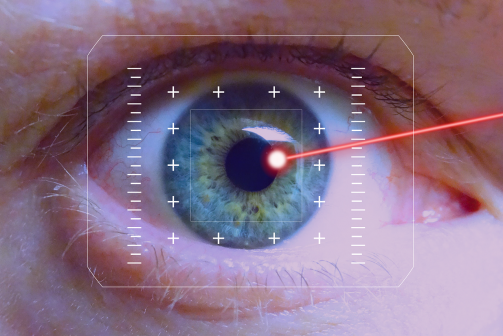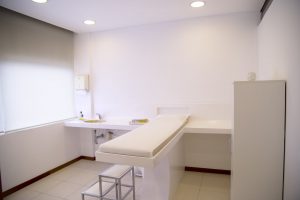Intense pulsed light treatment is a cosmetic procedure also known as laser skin therapy is a non-invasive and non-ablative treatment that improve the appearance of the skin problems using high-intensity pulses of visible light. The followings are the skin problems that are improved by IPL treatments:
- Vascular lesions such as broken facial veins, spider telangiectasia, rosy cheeks, port wine stains, rosacea and red thread veins of the legs
- Facial lines and wrinkles
- Scars and birthmarks
- Freckles and age marks
- Removal of unwanted dark hair and patchiness
Photo-rejuvenation is the procedure of rejuvenating aged skin and it requires series of IPL treatments. Mild to moderate acne scarring and stretch marks can also be treated using IPL.
Similar to the laser working principle, IPL also targets specific cells with colour (chromophores) in the skin by absorbing light energy which is later converted to heat energy to cause the damage to the specific target area. The difference between IPL and laser is that instead of just one wavelength in laser, IPL delivers many wavelengths (or colours) in each pulse of light and make use of filters to refine energy output for the treatment of certain areas. This principle enables targeting of specific chromophores (these are skin components that absorb light) and also enhances penetration without using excessive energy levels
IPL targets the lower layers of skin (dermis) without affecting the top layers of skin (epidermis) which is why it is considered a non-ablative resurfacing technique. The IPL results are not as dramatic as ablative resurfacing where the skin layers are injured to produce a noticeable overall outcome. The minimal downtime used in the process is the advantage of IPL therapy. A patient can have the procedure done during their lunch break and immediately return back to work afterward. This is one reason why laser treatments are gaining popularity, due to its simplicity and swiftness.
What does the procedure involve?
Your specialist dermal clinician should make the process clear to you prior to the procedure and clearly state your expectations of the treatment. The specialist should be able to let you know if the result you are looking for will be achievable by using the IPL method. Your doctor should make sure that the correct diagnosis has been made before the treatment
Intense pulsed light treatments are normally easy and straightforward. Ensure that the technician is experienced in IPL therapy and has been properly trained. Most dermatology clinics and cosmetic practices offer the treatment as the demand for cosmetic procedures has increased in recent years. Here are a few points about what to expect if you are considering a treatment.
- In the days and weeks prior and after the treatment ensure you avoid sun exposure.
- A topical anaesthetic may be applied to the area although it is not usually necessary.
- A cold gel is applied to the area being treated. IPL devices often have integrated cooling systems.
- The smooth glass surface of the IPL treatment head is placed to the target skin, providing the targeted area with a precise pulse of light.
- The IPL treatment usually takes about 20 minutes and a course of 4-6 sessions every 3-6 weeks may be required to achieve your desired result.
Most patients can go back to their work immediately after the treatment.
The patient must wear protective eyewear throughout the treatment session. Compared to other facial rejuvenation techniques, IPL treatment is relatively painless and safe when carried out by a professional. The sensation has been likened to a snap of rubber or a light pinch, but some people find it distressing.

